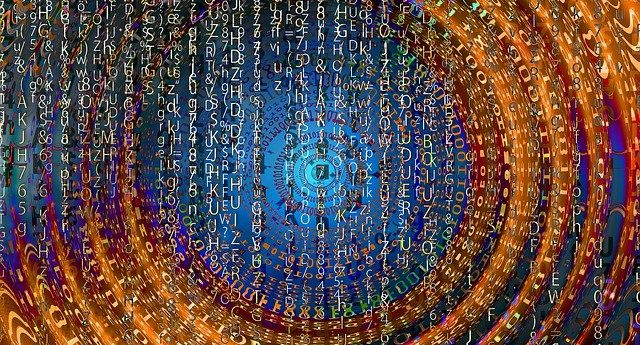Unsupervised’ AI may allow for more accurate cancer recurrence predictions

Researchers have developed a machine-learning platform capable of identifying features associated with prostate cancer recurrence in pathology images, previously unknown to clinicians.
A team of researchers from the RIKEN Center for Advanced Intelligence Project (Saitama, Japan) has developed a machine-learning platform capable of identifying features associated with prostate cancer recurrence in pathology images that were previously unknown to clinicians. In combination with pathologist-developed criteria, the technology may allow for more accurate cancer recurrence predictions.
Conventionally, when clinicians and/or researchers train artificial intelligence (AI) systems, the technology is only able to learn and make predictions based on the information that has been inputted — there is no scope for the system to learn outside of what is currently known.
In this study, no medical knowledge was inputted into the platform, rather, investigators employed ‘unsupervised’ deep neural networks, called autoencoders, and utilized a subset of 13,188 non-annotated, whole-mount, diagnostic prostate pathology slide images from the Nippon Medical School Hospital (Tokyo, Japan), allowing the AI system to learn and make predictions independently. The team developed a method for translating the features identified by the machine-learning platform into high-resolution images that could be understood by clinicians.
Researchers observed that the AI system correctly identified features in training images also encoded in the Gleason Score — a pathologist-developed, internationally employed set of criteria for cancer diagnosis.
Further, the machine-learning platform identified additional features associated with the connective tissue supporting the prostate — the stroma — which is generally viewed as a non-cancer area.
To assess these additional features identified by the AI system, researchers internally validated the ability of the technology to predict cancer recurrence, using the remaining images from the Nippon Medical School Hospital.
Researcher evaluated the areas under the receiver-operating characteristic curves (AUCs) and determined the features discovered by the AI system to be more accurate compared with predictions based solely on the pathologist-established Gleason Score — AUCs were 0.82 and 0.744 respectively.
Further, by leveraging both the features identified by the AI system and Gleason Score, cancer recurrence prediction was more accurate compared with when either set of features were employed alone — AUC of 0.842. These data were externally validated through the use of a second dataset, consisting of 2276 whole-mount pathology images, from St. Marianna University Hospital (Kanagawa, Japan) and Aichi Medical University Hospital (Nagakute, Japan).
Lead study author Yoichiro Yamamoto (RIKEN Center for Advanced Intelligence Project) stated: “We have shown that AI can automatically acquire human-understandable knowledge from diagnostic annotation-free histopathology images. This ‘newborn’ knowledge could be useful for patients by allowing highly accurate predictions of cancer recurrence.”
Yamamoto continued: “…we found that combining the AI’s predictions with those of a pathologist increased the accuracy even further, showing that AI can be used hand-in-hand with doctors to improve medical care. In addition, the AI can be used as a tool to discover characteristics of diseases that have not been noted so far, and since it does not require human knowledge, it could be used in other fields outside medicine.”
Sources:
Yamamoto Y, Tsuzuki T, Akatsuke J et al. Automated acquisition of explainable knowledge from unannotated histopathology images. Nat. Commun. doi:10.1038/s41467-019-13647-8 (2019) (Epub ahead of print);
https://riken.jp/en/news_pubs/research_news/2019/20191218_2/index.html
